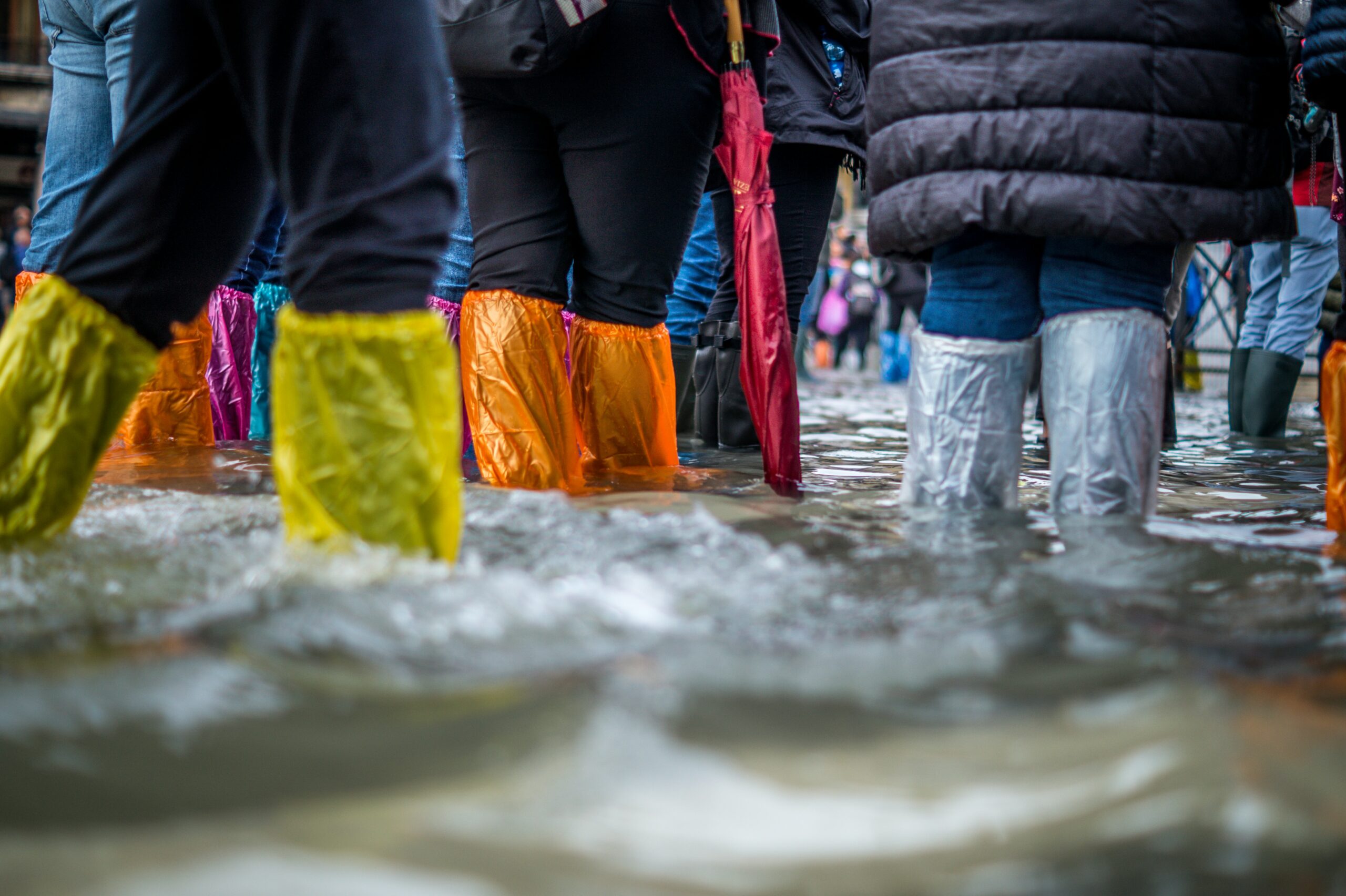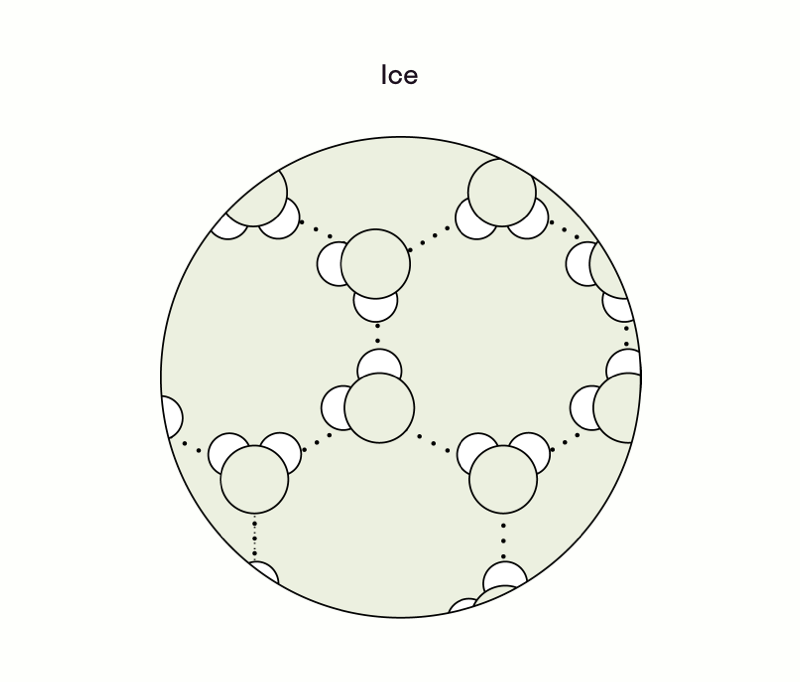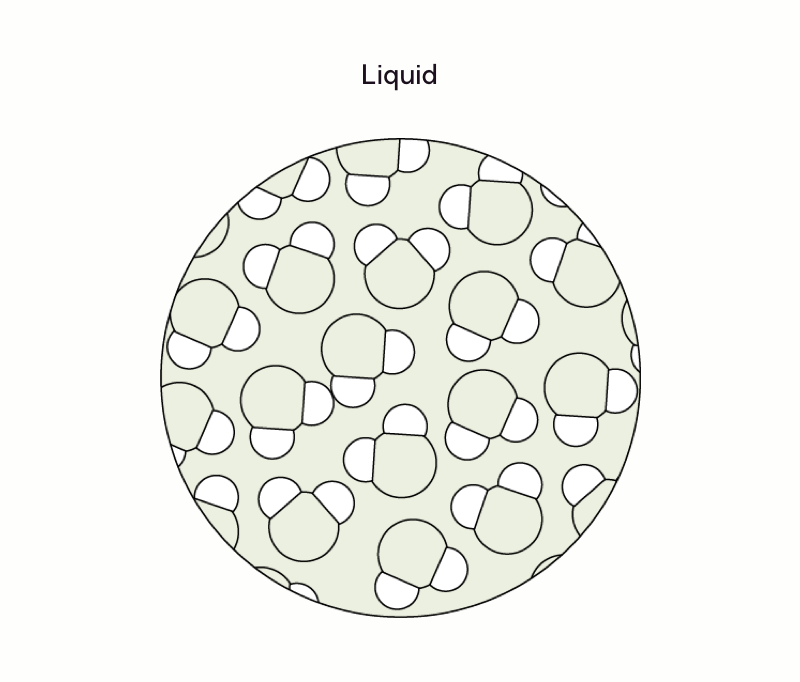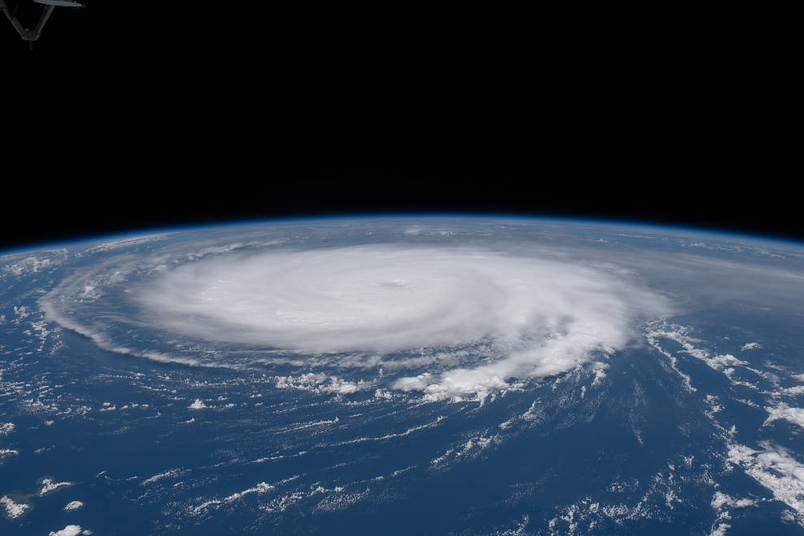
Heat leads to more extreme and volatile weather.
- Devika Bakshi
The word volatile characterizes something that is likely to change in a very sudden or extreme way. In everyday language it can describe rapidly changing financial markets, or a person whose behavior can be unpredictable. In chemistry, it refers to a substance that vaporizes readily. By any of these definitions, water can be quite volatile. It can quickly vaporize, crystallize, condense, accumulate, rise, or travel. In the form of storms, floods, and cyclones, it can move with force and speed that can overwhelm anything in its path.



Early in human history, our ancestors could only explain extreme events like floods and storms as acts of god—there was no way to know when or how often they would occur, and what the magnitude of those events might be. Today, we understand much more about what causes these kinds of extreme events, and we have ways to forecast and track them. How might a warming world affect those patterns?
Redefining extremes
Water has a close collaborator: heat. Heat is a catalyst for water to shapeshift and move, melt and evaporate, and create humidity. Excess energy from a warmer atmosphere fuels every kind of water-related climate change impact, from storms to floods to global sea level rise.
In a stable climate, extreme events happen within known bounds. Climate stability allowed us to create measurements like a “1-in-100-year” storm and reliably build our regulations, infrastructure, and insurance markets around them.A warming atmosphere makes our previous measurements and expectations unreliable. Are we prepared for increasingly volatile weather? What will happen to our homes, food supply, and infrastructure when the definitions of average and extreme are continually changing?
1-in-100-year storm
Flooding
Flooding has always been a part of the human story. Floods originate from natural phenomena like storm surges, deluges of precipitation, and swollen rivers. Our built environment—often intended to protect us from water—can increase flooding risks. Impervious surfaces like concrete prevent the ground from absorbing water, and levees and dams can overflow and break.
As the world becomes more populous and our cities become more crowded, flooding becomes an even bigger risk. Floods can displace large numbers of people, render land uninhabitable, and disrupt entire economies. Because it can happen almost anywhere, flooding has affected more people than any other environmental hazard. How we manage flood risks under a changing climate can mean the difference between famine and prosperity, life and death.
Storms
Compared to rainfall, storms are rare, and their violence makes them difficult to measure. As a result, we have less information about them, which makes them much harder to predict. A changing climate adds to this difficulty.

Even so, there are things we can anticipate with confidence. We know that a warmer ocean and a more humid atmosphere create increasingly ideal conditions for powerful storms. Scientific evidence has shown that climate change is already causing tropical cyclones to intensify more rapidly, which leaves precious little time to prepare for an emergency.In communities where disaster preparedness resources are scarce, the effects of storms that are more powerful, and harder to forecast, can be especially catastrophic.
